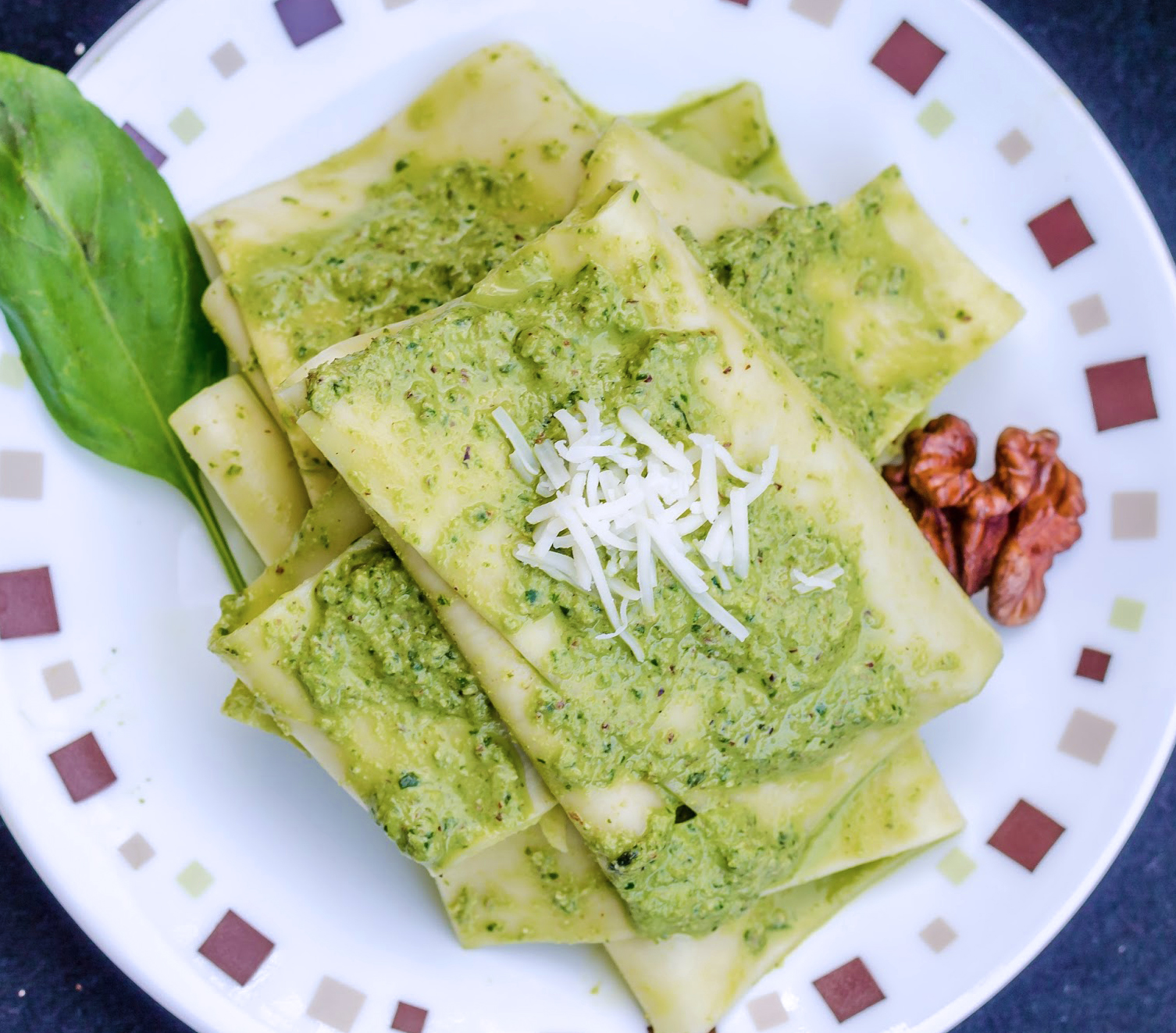There is no doubt that everyone has their favorite pasta and pasta dish. Sometimes we stick with the classics and at other times we might experiment a bit. Here are some classic pastas that might already be staples in your household, while others may be less familiar. Make it a point to try some new shapes and types of sauces, because if one thing is for sure, for every reader of the Italian Tribune, pasta never gets dull.
Capelli d’angelo – literally translating as ‘angel hair’, this pasta is very thin and light and cooks very quickly. It is sold either in strands or ‘nests’ and should be eaten with light sauces or can be used in soups. Capelli d’angelo is in a long strand and is in the same family as fidelini (which is slightly thicker), spaghetti (even thicker) and vermicelli (thickest).
Bucatini is also a long, thin pasta, but it is hollow. The tube shape allows sauce to flow through it, making it a great for thicker sauces. Bucatini is particular popular with Amatriciana, which sure always be made from guanciale (pig’s cheek).
Mafalde, named after Princess Mafalda of Savoy is sometimes also called reginette (little queens). These are flat, wide ribbons with wavy edges, allowing them to pick up chunks of sauce. They are used in a similar way to other ribbon pastas, such as tagliatelle (ribbons), fettuccine (wider ribbons), pappardelle (widest), all of which go well with meaty or thicker sauces.
Mezze maniche – the name translates as ‘half sleeves’ and they are also known as maniche di frate (friar’s sleeves), inspired by the shorter-sleeved garments worn by the clergy during the summer and are short tube shapes. Tubes are one of the most popular types of pasta and there are many varieties – from thin, ridged penne to large rigatoni. They are designed to hold thick sauces in the ridges and tubes.
Strozzapreti are short twists of pasta, usually served with light, smooth sauces and pesto in particular, and a local specialty in Emilia-Romagna. The name literally means ‘priest stranglers’ and is thought to come from the legend that greedy priests would eat the pasta so quickly that they would choke, although it could also be because their shape resembles a priest’s collar. Pici are a similar kind of pasta made in neighboring Tuscany, but are usually about half the length and often made without eggs.
Trofie is usually eaten with pesto. Trofie are smaller and denser than strozzapreti but made in a similar way by rolling the dough. The name comes from the Ligurian word ‘strufuggiâ’ (to rub).
Casarecce comes from Sicily and they are a narrow, twisted shape. The name means ‘homemade’ so the shapes are rarely uniform. Sturdier than strozzapreti or trofie they can handle thicker, creamy or chunky sauces.
Fazzoletti gets its name from the Italian word for handkerchiefs and they are flat and square-shaped, often made with herbs rolled into the dough. Because of this, they are usually served with simple dishes to let the flavor come through, such as butter, Parmigiano and just a drizzle of olive oil.
Orecchiette – the famous pasta of Puglia, literally means ‘little ears’ due to the small bowl-shape which is used often with heavy, vegetable-based sauces, especially with broccoli. There are plenty of other pasta shapes which are good at holding heavier sauces, including farfalle (butterflies), cavatappi (corkscrews), radiatori (little radiators) and many spiral varieties including classic fusili.
Gigli are from Florence and the name translates as ‘lily’ – the city’s emblem, which the shapes resemble. They are cone-shaped and can be used with heavier sauces.
Conchiglie is Italian for ‘shells’ and the seashell shape allows them to pick up sauce; however, conchiglioni (‘big shells’) are usually filled with ricotta and spinach, pumpkin, or beef and béchamel sauce. Other varieties of filled pasta are ravioli and tortellini, which are smaller and served with a light sauce, while cannelloni and lasagne pair well with heavy ragù or creamy sauces.





